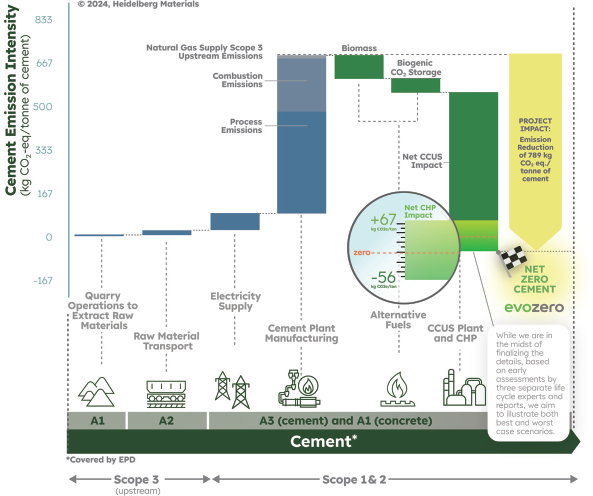August/September 2014
COMMUNITIES: INDUSTRY
Report: 3D Printing Not Ready for Space Operations
While there is great potential for additive manufacturing or 3D printing to positively contribute to space missions, there is a substantial gap between the vision for the technology’s use in space and its limitations.
A new report from the National Research Council finds additive manufacturing is a fairly mature technology, but its application in space is not yet feasible, except for very limited and experimental purposes. The vacuum of space, zero gravity, and intense thermal fluctuations all pose extreme and harsh environmental obstacles that prevent fully automated 3D printing in space from becoming an immediate reality, not only in terms of completing the manufacturing process but also in how they can alter the integrity of the final product.
“Many of the claims made in the popular press about this technology have been exaggerated.” says Robert Latiff, chair of the committee that wrote the report, president of Latiff Associates, and a former Air Force Major General. “For in-space use, the technology may provide new capabilities, but it will serve as one more tool in the toolbox, not a magic solution to tough space operations and manufacturing problems.”
The report goes on, however, to outline important steps toward advancing 3D printing technology for use in space, such as NASA developing an agency-wide roadmap for developing the technology. The report also recommends NASA and the Air Force make additional investments in the education and training of materials scientists with expertise in additive manufacturing and spacecraft designers and engineers with deep knowledge of 3D printing systems.
“Right now NASA and the Air Force have a tremendous resource in the form of the International Space Station,” Latiff added. “Perfecting this technology in space will require human interaction, and the Space Station already provides the infrastructure and the skilled personnel who can enable that to happen.”


 Volunteering at NSPE is a great opportunity to grow your professional network and connect with other leaders in the field.
Volunteering at NSPE is a great opportunity to grow your professional network and connect with other leaders in the field. The National Society of Professional Engineers (NSPE) encourages you to explore the resources to cast your vote on election day:
The National Society of Professional Engineers (NSPE) encourages you to explore the resources to cast your vote on election day:


